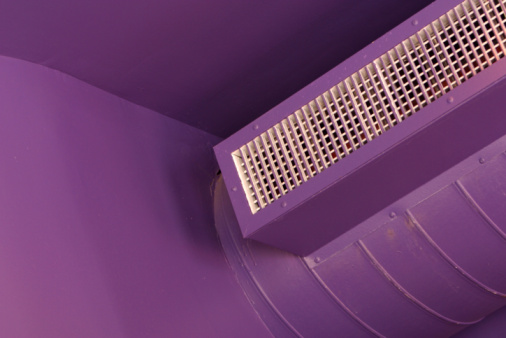Every HVAC system owner should know about the Legionella bacterium, specifically known as Legionella pneumophila. L. peumophila causes Legionnaires’ Disease or Legionellosis, a specialized form of pneumonia that causes chills, coughing, high fever, and other symptoms. It is also known to cause a milder form of Pontiac Fever. Though both conditions can be treated by antibiotics, 3 in 10 people with Legionnaires’ can die from it.
For a very long time, HVAC systems have been identified as the main culprits in the spread of the bacterium. Air conditioning (A/C) systems and cooling towers are two of the most common places that the bacterium is likely to be found. Legionella thrives in stagnant warm water and this explains why it is prevalent in cooling towers. This implies that you can hardly find a better way of spreading the Pontiac Fever and the Legionnaires’ disease than the HVAC, especially in crowded buildings such as hospitals and hotels where there are high demands for HVAC systems. In fact, the initial outbreak of the disease was traced to a hotel’s central A/C system as the source for spreading of the disease. Outbreaks have also been traced to other sources including indoor fountains, shower heads, and hot tubs among others sources. However, the HVAC components are among the leading culprits.
Going by CDC statistics, up to 18,000 Americans are affected by the Legionnaires’ diseases annually. It is therefore obvious that the best way to deal with the disease is prevention—in other words, preventing the disease from happening as opposed to being responsive. But how can you achieve this from air heating and cooling perspective? Successful prevention encompasses all phases and aspects of an HVAC system lifecycle—from the design, installation, operations to maintenance.
Although many cases of Legionnaires’ diseases have been traced to origins other than A/C systems, in all cases, especially in buildings, properly designed, operated, installed, and maintained HVAC systems can help reduce expose and potential risks to the disease and can go a long way in protecting the health of the building’s occupants. Follow us for more articles to ensure that your HVAC system is running comfortably and efficiently.

